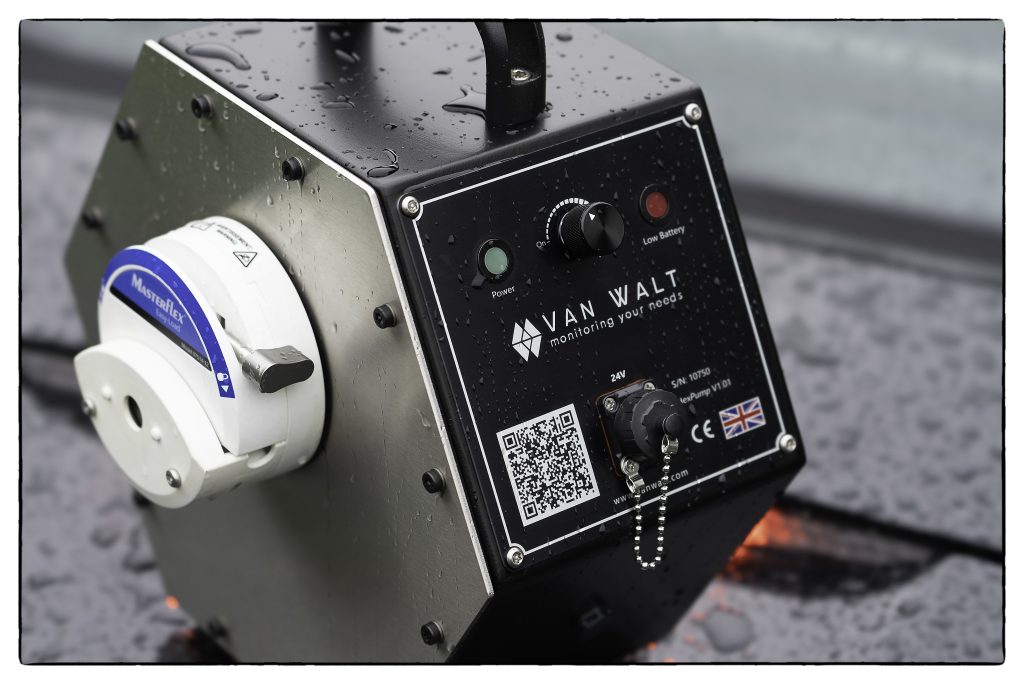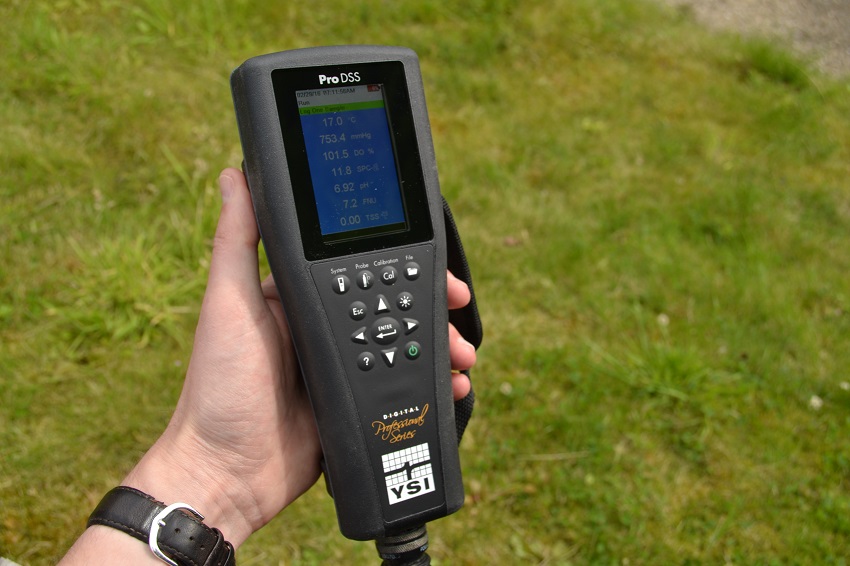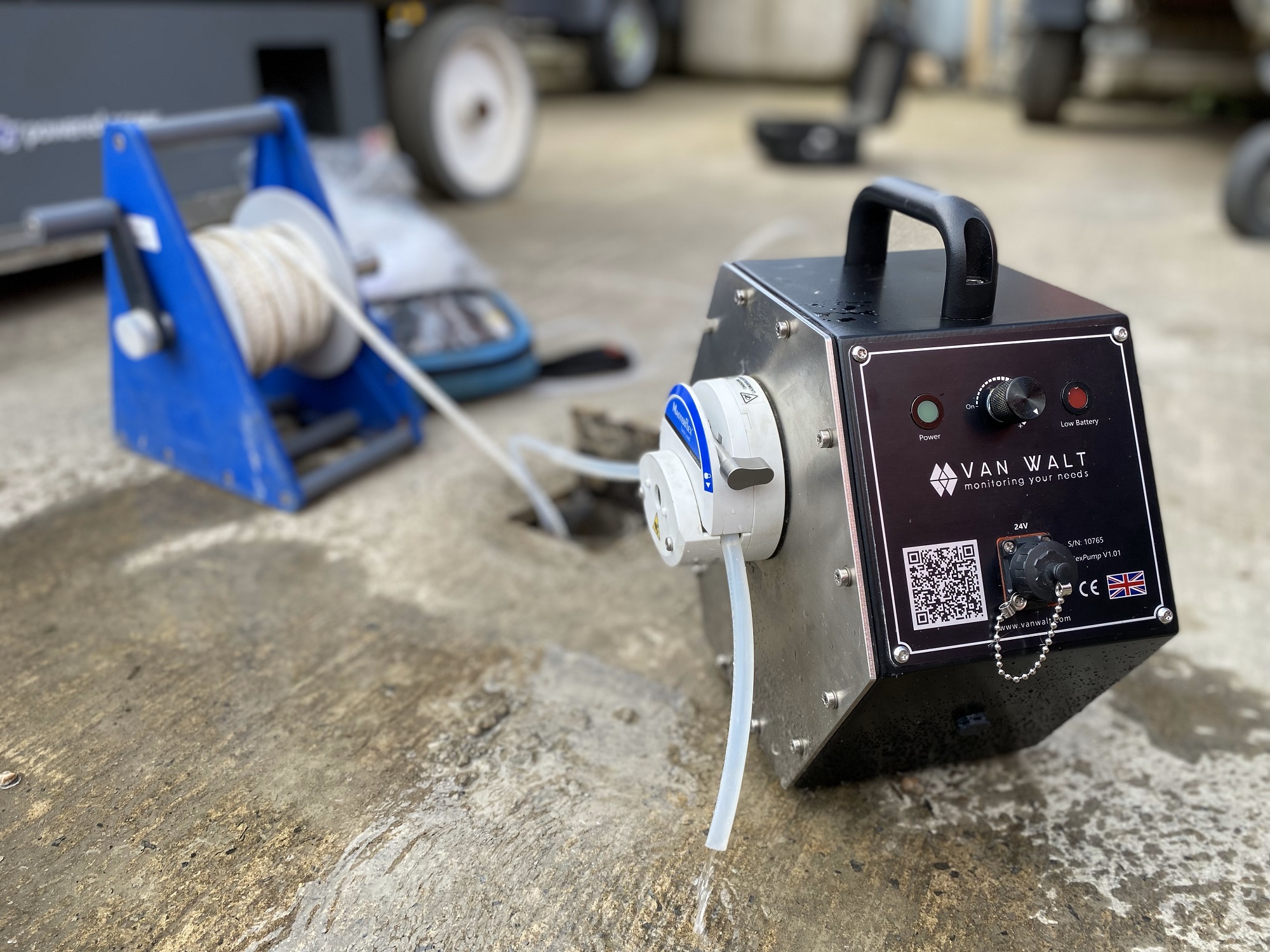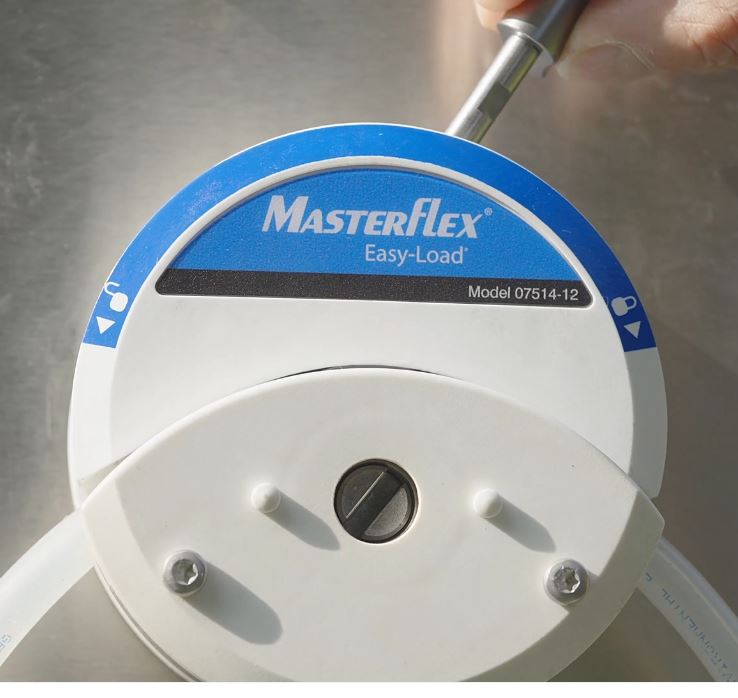

Save time, save money, save effort, get better results – use low-flow sampling…

June 1, 2023
A client recently contacted me to ask if we can repair their high flow purge pump and or sell then a new one. They were using it for (among other applications) to purge a 70m deep bore 3 times for a total of 1300 litres!!! and the depth to water is about 3m…. I suggested they could get a sample with far less hassle using a peristaltic pump.
It prompted me to write this blog.
In 1996 the USA EPA published a methodology of low flow (micro purge) groundwater sampling. The industry has widely acknowledged these techniques as the benchmark for obtaining a representative groundwater sample. Peristaltic and bladder pumps are available from most if not all environmental monitoring equipment manufacturers. Moreover, premium brand water quality meters include facilities to record meta data for flowrates, bore specs and so on.

So widespread is this methodology that the market for high flow pumps has not had a chance to evolve beyond what was available back in the 90s. So, let’s recap on the reasons for this evolution in sampling technique.
- Firstly, and most importantly. High flow purge techniques induce high forces within the lower screen. These forces create a high turbidity in the water and this turbidity in turn will elevate the concentration of analytes.
- What to do with water volumes purged. Spilling hundreds of litres of potentially contaminated water into the gutter or onto a paddock is far from best practice. In most countries, the (potentially contaminated) purge water will need to be stored and disposed of in a prescribed manner and this can be very expensive.
- Heat created by high flow submersible impeller pumps can “boil off” volatile compounds and otherwise adversely affect the analytes you are looking for.
- Cross contamination. For convenience of use many of these high flow pump systems are mounted on a dedicated cable and hose reel. This poses a very real potential for cross contamination between sample bores. While it is possible to use consumable tubing between sites it is in practise inconvenient and due to the bulk of tubing not environmentally sensible.
- High-flow pumps are expensive to purchase, expensive to maintain, bulky to transport and typically require a generator to run.
So then, we move from the above disadvantages to micro purge pumps which solve most if not all these issues. Where depth to static water level is less than 9m a peristaltic pump can be used quietly, easily and efficiently to acquire a representative sample.


Though it should be noted that as a vacuum pump it should not be used where depth to static water is greater than 4m to sample for dissolved methane and other lighter hydrocarbons as it will “boil” off these analytes. In response to this, the bladder pump is ideal for sampling dissolved gases and with use of a standard low voltage compressor can be deployed down to 45-50 metres below ground level. Note also that both these pumps can (with the correct accessories) sample at far greater depths provided the depth to static water does not exceed the manufacturer’s specs.
That’s not to say you can’t use submersible impeller pumps for low flow sampling. Many have variable flow controllers and the low voltage DC options tend to run cool enough at most speeds. Try to keep away from the cheap “caravan type” pumps. They’re mostly OK but they don’t have a very long life.
So, you’ve been sampling the same bore for years and you’re concerned that moving to a new methodology will put a notable shift in the sample results……. Sure, you may well get a more representative sample. Draw a line under it, document the shift in methodology and enjoy your new and probably improved data and ease of use.
The 20-year track record of samples obtained using a low flow or micro-purge technique is extremely well documented and most consultancies around the world now use this as the default environmental sampling methodology. You will find support documentation on this subject from most of you favourite equipment manufacturers.
Dirk van Walt
Van Walt New Zealand
June 2023
You might also be interested in...
Van Walt Guidelines for sampling for PFAS in Groundwater
November 13, 2024We need to make clear, that at the time of writing, there are no ISO or EN standards which deal with the sampling of groundwater for PFAS.
Read MoreSpot measurement v. continuous environmental monitoring
August 25, 2023Environmental monitoring has developed considerably over the years. From the time when a consultant went out monthly or quarterly with a dip tape to monitor the groundwater level in a borehole, wind forward...
Read MoreMeasuring Nitrates (NO3, NO3-N) in the field
June 20, 2023The interest in Nitrates is nothing new. One way or another we have been measuring them for half a century.
Read MoreVan Walt Environmental Equipment
A small selection of our environmental equipment